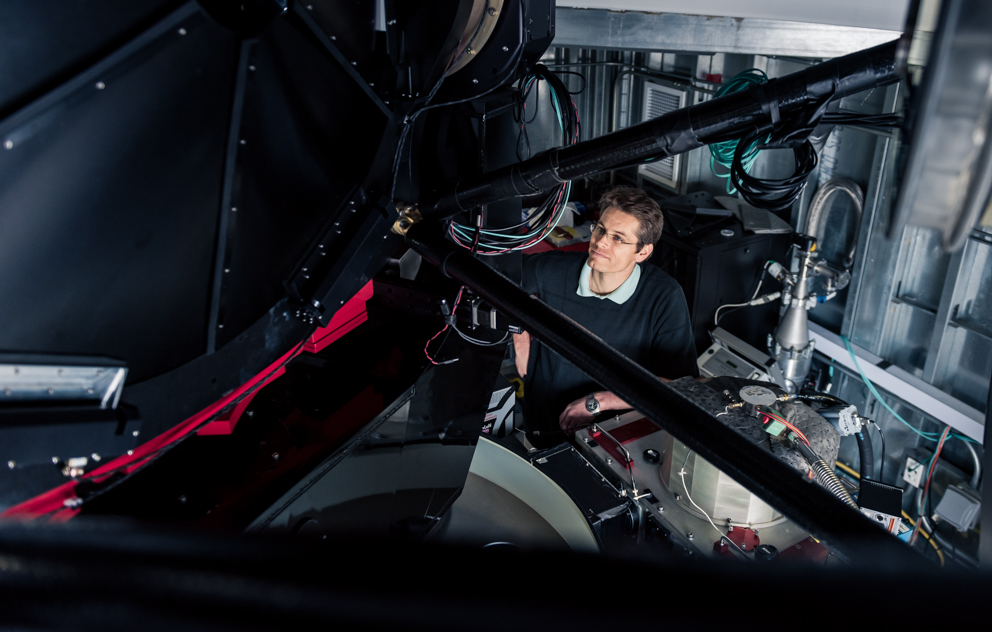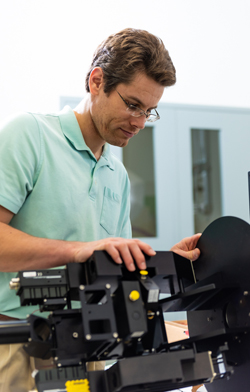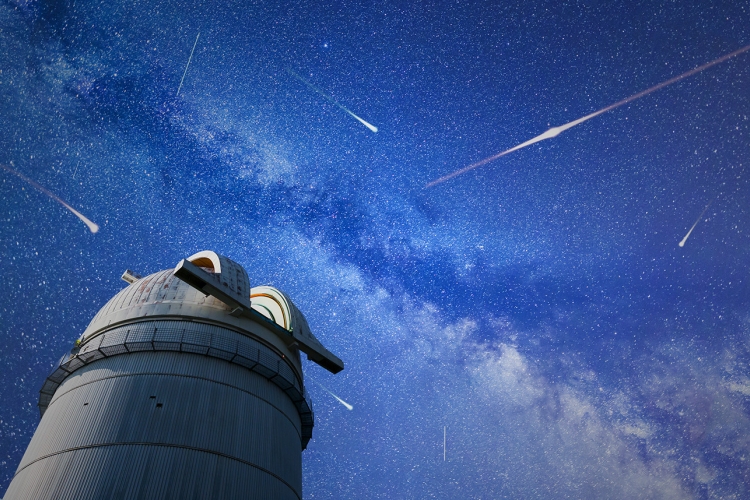Thousands of objects are whizzing through space at any given moment. Active satellites make up a small percentage of this high-speed traffic while the rest can be categorized as natural and artificial debris—meteoroids, rocket components, dead spacecraft, and collision byproducts of various shapes and sizes. It's important to have a general sense of all objects in orbit but operators of national security spacecraft are particularly interested in differentiating between space debris and operational satellites. In practice, however, they're not always easy to distinguish.
Currently, U.S. Strategic Command uses a system of radars and optical telescopes—the Space Surveillance Network—to find and track objects in space. When an object is detected, its orbital track is checked against an extensive catalog of known objects to identify it. Although the system has worked well for decades, the proliferation of space objects is placing a greater strain on its resources and increasing the need for faster analysis. Of course, identifying objects traveling thousands of miles an hour through space isn't easy.
See The Light
Aerospace set out to to enhance the detection and identification of objects on orbit. In particular, researchers are examining whether the polarization of light reflected off an object in space can help determine whether that object is natural or manmade.
As explained by Dr. Sloane Wiktorowicz of the Remote Sensing Department, space surveillance typically relies on photometry, which gauges the relative brightness of an object. Polarimetry, which measures electromagnetic waves, could add another dimension to this approach.

"Resident space objects have been found to be far more strongly polarized than typical background stars, so manmade objects may be quickly identified as such without requiring orbit determination," he said. Moreover, he notes, "The presence of solar arrays appears to be discernible with polarization."
Wiktorowicz is developing a sophisticated instrument, known as PHALANX, to measure the polarization of objects in orbit. The work builds upon previous research with an instrument known as POLISH2. The earlier work focused on characterizing the material composition of distant asteroids and exoplanets, while the current effort is specifically directed at space situational awareness.
Still, there's a reason why polarimetry has not been widely used in this domain.
"Polarimetry requires highly specialized sensors and stringent calibration procedures to ensure measurements are due to the object in question and not to instrumental artifacts," Wiktorowicz explained. "Lenses, mirrors, and other common sensor components each impart significant instrumental artifacts that require nonstandard optical designs in order to deliver high-quality data."
In addition, he said, current technology can only process one object at a time, so it may be difficult to get a snapshot of an entire constellation. Nonetheless, laboratory studies at Aerospace have yielded promising results.

Investigations with POLISH2 were originally conducted using a telescope at Lick Observatory near San Jose, California. Research with PHALANX will take advantage of resources closer to home. Wiktorowicz has been working directly with Aerotel, a GEODSS-class 1-meter telescope atop the corporate laboratories in El Segundo, California. Components of PHALANX are currently being assembled, systems engineering design and fabrication is in progress, and control and data-reduction software is being written and tested. The next step will entail laboratory alignment and calibration.
Interest in the technology is already growing, said Wiktorowicz, noting that high-sensitivity polarimetry can provide different insights for different mission needs. Once operational, PHALANX will allow space objects to be seen in a new light.

